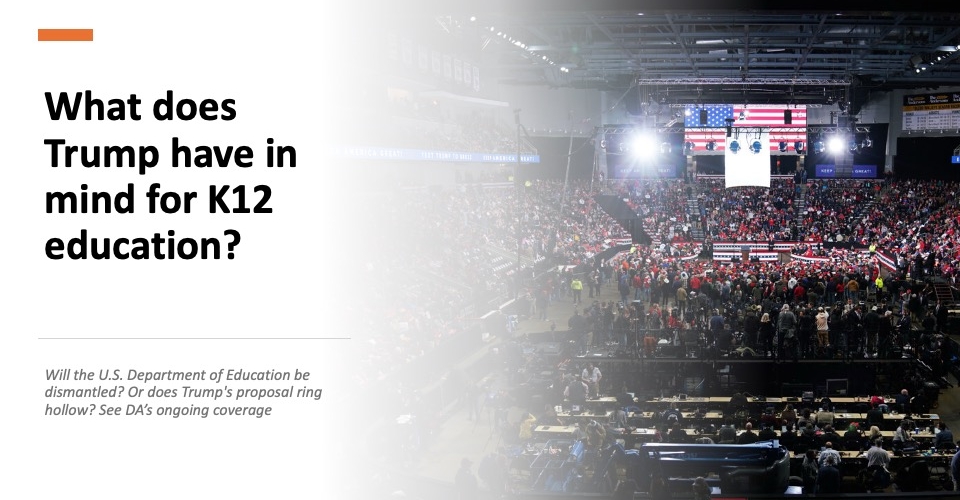Nearly 70% of U.S. high school students have no idea how credit scores work, and financial institutions are just waiting to send them their first credit cards.
That statistic comes from a recent report from OneMain Financial, a financial services company. Education on the topic has gained substantial traction in recent months as states are stepping in to ensure that high school students are financially literate before transitioning to college.
In October, California launched a $3.6 billion initiative toward bolstering arts, music and instructional materials for schools. However, the funds may also be used to add finance courses, provide professional development workshops for teachers and hire finance specialists.
According to an August report from Ramsey Solutions, a technology solutions company, only 15 states require students to take a financial literacy course to graduate:
- Alabama
- Florida
- Georgia
- Iowa
- Michigan
- Mississippi
- Missouri
- Nebraska
- North Carolina
- Ohio
- Rhode Island
- South Carolina
- Tennessee
- Utah
- Virginia
These states require education on the subject, but how well do they actually prepare their students? OneMain’s report offers a breakdown of the top states when it comes to the quality of their personal finance education. Most notably, some states included in the report don’t appear on the list of those that require students to take financial literacy courses.
Here’s a look at “The State of Financial Education in the US”:
- Tennessee: Overall score (85.26)
- New York: Overall score (76.3)
- Utah: Overall score (72.65)
- Alabama: Overall score (68.66)
- Virginia: Overall score (66.63)
- New Hampshire: Overall score (62.69)
- Iowa: Overall score (61.37)
- New Jersey: Overall score (59.06)
- Georgia: Overall score (57.4)
- North Carolina: Overall score (56.42)
- South Carolina: Overall score (55.94)
- Florida: Overall score (55.39)
- Missouri: Overall score (54.87)
- New Mexico: Overall score (54.78)
- Michigan: Overall score (54.27)
- Ohio: Overall score (52.46)
- Arizona: Overall score (51.28)
- Minnesota: Overall score (50.11)
- Mississippi: Overall score (48.54)
- South Dakota: Overall score (47.64)
Methodology
To determine which states offer the best personal finance and economic education, the researchers reviewed the 2022 Survey of the State: Economic and Personal Finance Education in our Nation’s Schools. Each state was given a score based on its economic and personal finance education.
In order to fully understand how many students have access to such education, they looked at the percentage of students with “gold access” to personal finance. In other words, how many students are enrolled in schools that require students to take at least one semester of a personal finance course?
Lastly, OneMain reviewed how many bills related to finance education are active in each state. The data were normalized with regard to population size and assessed through a weighting system to produce an overall score for each state.
More from DA: How AI can be the tool that helps keeps students’ eyes on their textbooks



